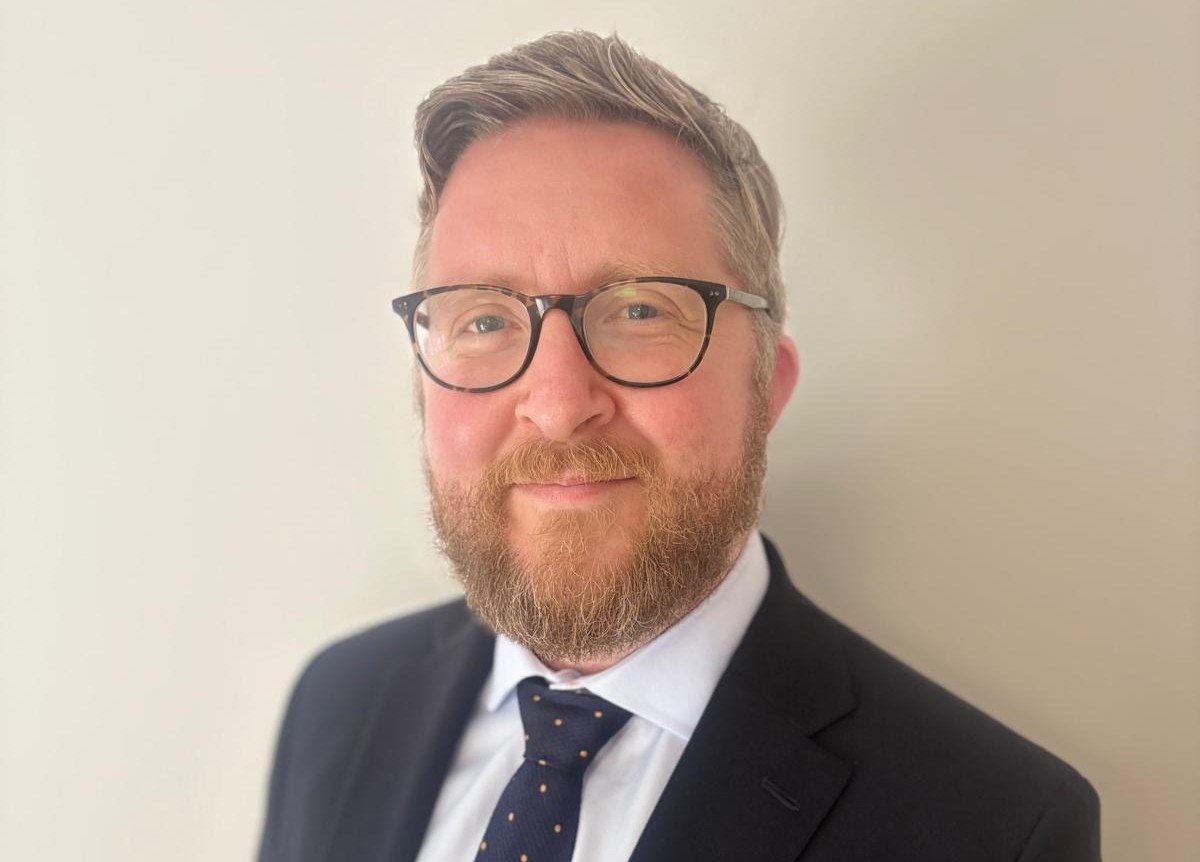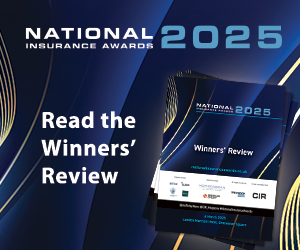A £2m academic-industry partnership has been launched to develop new methods to understand, measure, and insure against risk associated with the commercial application of artificial intelligence.
The UKRI prosperity partnership, AI2: Assurance and Insurance for Artificial Intelligence, led by the University of Edinburgh, alongside insurance group AXA, WMG, University of Warwick and the University of Oxford, aims to lay the groundwork for future AI through research by exploring insurance and protection services to protect organisations from unreliable AI solutions.
The goal is to enable insurers to accurately price and underwrite AI-related risks in areas such as transport and healthcare – for driverless cars or medical devices – in a way that is currently challenging.
The partners behind the project believe that establishing a robust AI assurance and insurance framework will also lead to the wider and safer adoption of AI technologies in industry by transferring risk into the insurance market. They add that it could also provide clear incentives for AI developers to create safer and more reliable products.
Lead academic Professor Lukasz Szpruch of the University of Edinburgh’s School of Maths said: “As AI systems become more autonomous and embedded in high-stakes environments, traditional forms of insurance are no longer sufficient. AI insurance offers a new paradigm – one that explicitly covers risks like model failure, bias, or unintended behaviour that arise even when systems function within their design parameters. More than just risk transfer, it’s a mechanism to align incentives and reward those who build transparent, robust, and well-governed AI.”
The project is part of a suite of research projects addressing AI and insurance facilitated by Tobi Schneider, Edinburgh Innovations’ financial services and fintech sector lead, based at the Edinburgh Futures Institute. He said: “AI offers substantial potential benefits for society and the economy, but it also carries imminent risks. If we are to realise the benefits, we must be able to understand and mitigate the risks in tangible, applicable ways.”
Latest News
© 2021 Perspective Publishing Privacy & Cookies








YOU MIGHT ALSO LIKE